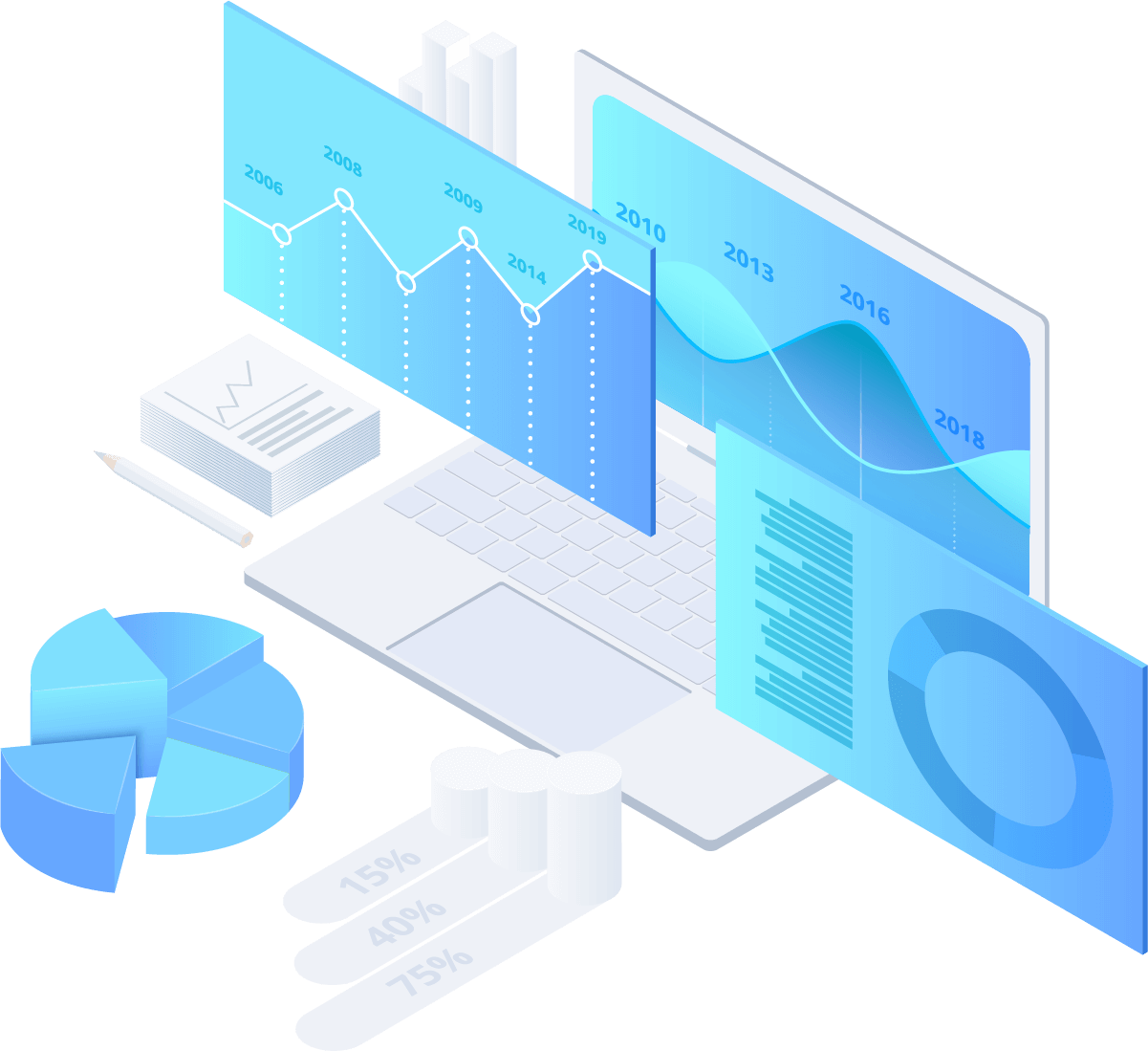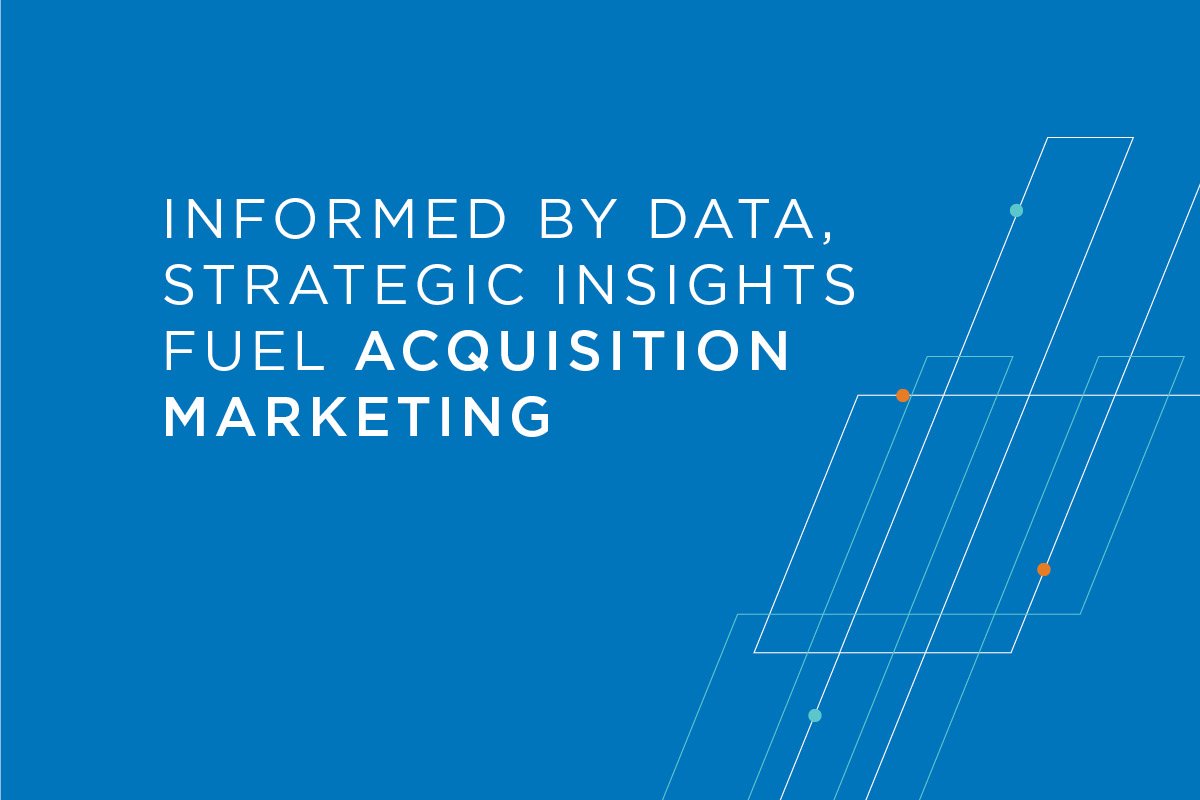What is a data cleanroom?
A data cleanroom is a secure and controlled environment or methodology used in data analytics and processing to ensure compliance with data privacy regulations, such as the General Data Protection Regulation (GDPR) in Europe or the Health Insurance Portability and Accountability Act (HIPAA) in the United States. The goal of a data cleanroom is to enable organizations to perform data analysis while protecting the privacy and security of individuals whose data is being used.
Here are some key characteristics and principles of a data cleanroom:
- Data Privacy: It focuses on safeguarding the privacy of individuals whose data is being processed. This includes ensuring that no personally identifiable information (PII) or sensitive data is exposed or used in a way that could identify individuals.
- Data Minimization: Only the necessary data required for a specific analysis is used. Irrelevant or excessive data is excluded to reduce the risk of privacy breaches.
- Anonymization and De-identification: Personal data is often anonymized or de-identified to remove or obscure any identifying information, making it difficult to link the data to specific individuals.
- Secure Environment: A data cleanroom is typically a secure and controlled computing environment where data processing occurs. Access to this environment is restricted to authorized personnel.
- Usage Policies: Strict policies and protocols govern how data is accessed, processed, and analyzed within the cleanroom. This includes access controls, auditing, and monitoring.
- Aggregated Data: Instead of analyzing individual-level data, a cleanroom often works with aggregated or summarized data to further protect privacy.
- Data Governance: Data governance practices are implemented to ensure that data is used responsibly and in compliance with relevant regulations.
- Transparency: Users of the cleanroom are typically required to document their data analysis procedures to ensure transparency and accountability.
- Legal and Ethical Compliance: Data cleanrooms are designed to adhere to legal and ethical standards, ensuring that data processing activities are conducted responsibly and ethically.
- Third-party Audits: Some organizations may subject their data cleanrooms to third-party audits to verify compliance with data privacy regulations.
Data cleanrooms are commonly used in industries where data analysis is critical but must be done in a way that respects privacy and compliance requirements. This includes healthcare, finance, marketing, and research sectors, among others. The concept of a data cleanroom is a response to the increasing need for organizations to harness the power of data while maintaining strict privacy standards in the age of data privacy regulations.



